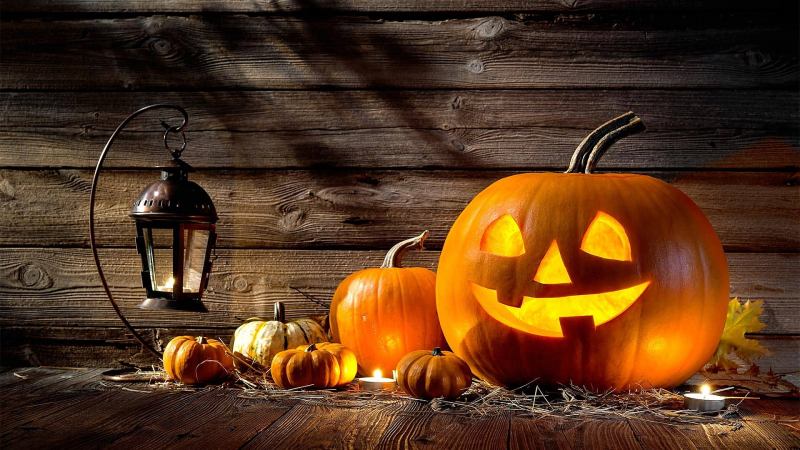Bài luận về Lễ hội hoá trang (31 tháng Mười) - Halloween (October 31st)
Like many other holidays, Halloween has evolved and changed throughout history. Over 2000 years ago, people called the Celts lived in what is now Ireland, the UK and parts of Northern France. November 1st was their New Year’s Day. They believed that the night before the New Year (October 31st) was a time when the living and the dead came together.
More than a thousand years ago the Christian church named November 1st All Saints Day (also called All Hallows). This was a special holy day to honor the saints and other people who died for their religion. The night before All Hallows was called Hallows Eve. Later the name was changed to Halloween.
Like the Celts, the Europeans of that time also believed that the spirits of the dead would visit the earth on Halloween. They worried that evil spirits would cause problems or hurt them. So on that night people wore costumes that looked like ghosts or other evil creatures. They thought if they dressed like that, the spirits would think they were also dead and not harm them.
The tradition of Halloween was carried to America by the immigrating Europeans. Some of the traditions changed a little, though. For example, on Halloween in Europe some people would carry lanterns made from turnips. In America, pumkins were more common. So people began putting candles inside them and using them as lanterns. That is why you see Jack'o lanterns today.
Dịch nghĩa:
Cũng như nhiều ngày lễ khác, Halloween đã trải qua quá trình biến hoá trong suốt lịch sử. Hơn 2000 năm trước, một nhóm người có tên gọi là người Celt đã từng sinh sống ở khu vực mà ngày nay là Ireland, Anh và một phần của miền Bắc nước Pháp. Họ chúc mừng năm mới vào ngày 1 tháng 11 và tin rằng đêm Giao thừa (31 tháng 10) là thời điểm người sống và người chết gặp nhau.
Hơn 1000 năm trước, Thiên Chúa giáo đặt tên cho ngày 1 tháng 11 là "All Saints Day", hay còn gọi là "All Hallows". Đây là một ngày lễ đặc biệt linh thiêng để ngợi ca những vị thánh đã hi sinh cho tôn giáo của mình. Đêm trước ngày All Hallows được gọi là Hallows' Eve. Tên gọi này sau đó trở thành "Halloween".
Giống như những người Celt, người dân châu Âu lúc đó cũng tin rằng linh hồn người đã khuất sẽ ghé thăm nhân gian vào ngày Halloween. Họ lo sợ rằng ma quỷ sẽ quấy rối hoặc làm hại họ. Vì vậy vào đêm đó, mọi người sẽ hoá trang thành ma quỷ. Họ cho rằng khi làm vậy, ma quỷ sẽ tưởng rằng họ cũng là người chết nên sẽ không làm hại họ.
Truyền thống ngày Halloween được dân di cư gốc châu Âu mang đến Mỹ. Một số phong tục đã thay đổi ít nhiều. Chẳng hạn như vào ngày Halloween, người châu Âu sẽ cầm đèn lồng làm từ củ cải. Còn ở Mỹ thì bí ngô phổ biến hơn. Nên người Mỹ cho nến vào bí ngô để làm đèn lồng. Đó là nguồn gốc của chiếc đèn lồng.











